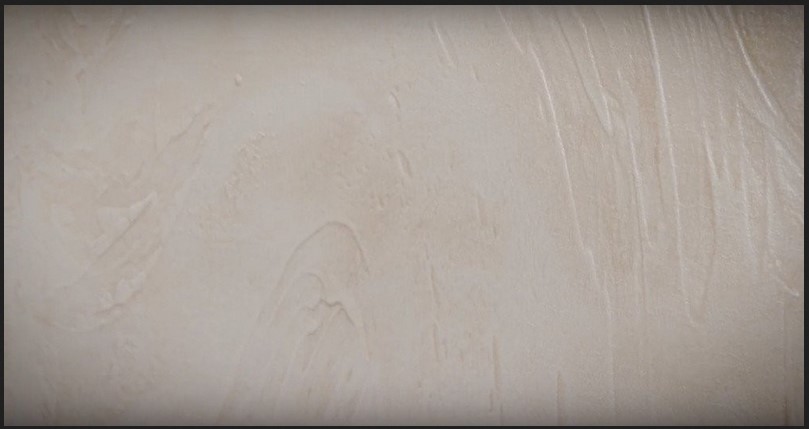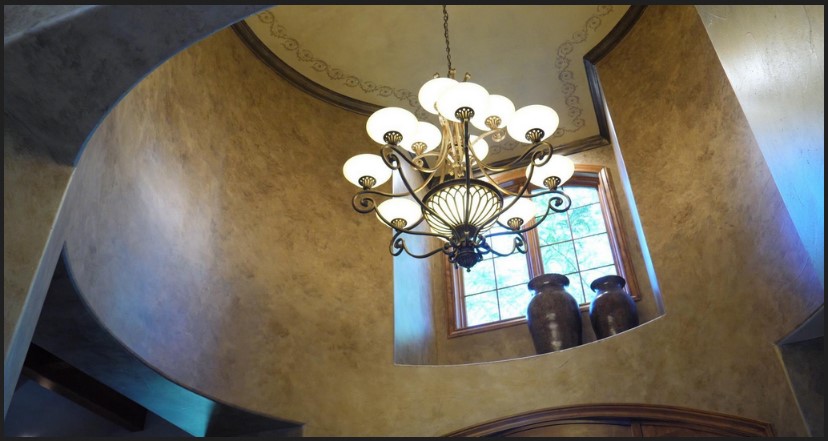Concrete Canvas is a revolutionary new way to create beautiful and unique concrete patios. It is a lightweight, flexible, and durable material that can be used to create a variety of creative designs. With its easy installation and low maintenance, Concrete Canvas is quickly becoming a popular choice for homeowners looking to add a unique touch to their outdoor living space. In this article, we will explore some of the creative concrete patio design ideas that can be achieved with Concrete Canvas. We will also discuss the advantages of using this material and how it can help you create a stunning outdoor living space.
How to Transform Your Outdoor Space with Creative Concrete Patio Design Ideas
Creating a beautiful outdoor space can be a daunting task. However, with the right design ideas, you can transform your outdoor space into a stunning and inviting area. One of the most popular materials for outdoor patios is concrete. Concrete is a durable and versatile material that can be used to create a variety of unique and creative designs. Here are some creative concrete patio design ideas to help you transform your outdoor space.
First, consider the shape of your patio. Concrete can be used to create a variety of shapes, from circles and squares to more intricate designs. You can also use concrete to create raised patios, which can add a unique and interesting look to your outdoor space.
Second, consider the color of your concrete patio. Concrete can be stained or painted in a variety of colors to create a unique look. You can also use stencils to create patterns or designs on the concrete.
Third, consider the texture of your concrete patio. You can use a variety of tools to create different textures, such as a trowel, a brush, or a broom. You can also use a stamping tool to create a unique pattern or design.
Finally, consider the accessories you can use to enhance your concrete patio. You can use furniture, planters, and other decorative items to create a cozy and inviting atmosphere. You can also use lighting to create a warm and inviting atmosphere.
By using these creative concrete patio design ideas, you can transform your outdoor space into a beautiful and inviting area. With the right design ideas, you can create a stunning and unique outdoor space that you and your family can enjoy for years to come.
Exploring the Benefits of Concrete Canvas for Your Patio Design Project
When it comes to patio design projects, concrete canvas is an increasingly popular option. This material offers a range of benefits that make it an ideal choice for many homeowners. In this article, we will explore the advantages of using concrete canvas for your patio design project.
One of the primary benefits of concrete canvas is its durability. This material is designed to withstand the elements, making it an ideal choice for outdoor projects. It is also resistant to cracking, fading, and other forms of wear and tear. This means that your patio design will look great for years to come.
Another advantage of concrete canvas is its versatility. This material can be used to create a variety of different designs, from traditional to modern. It can also be used to create unique patterns and textures. This makes it easy to create a patio design that is both aesthetically pleasing and functional.
Concrete canvas is also easy to install. This material is lightweight and can be cut to fit any size or shape. This makes it easy to install, even for those with limited DIY experience.
Finally, concrete canvas is an affordable option. This material is relatively inexpensive compared to other materials, making it a great choice for those on a budget.
In conclusion, concrete canvas is an excellent choice for your patio design project. This material offers a range of benefits, including durability, versatility, ease of installation, and affordability. With these advantages, it is easy to see why concrete canvas is becoming an increasingly popular choice for patio design projects.
Conclusion
Concrete Canvas is a great way to add creative and unique design elements to any outdoor patio. It is a versatile material that can be used to create a variety of looks, from modern and sleek to rustic and natural. With its durability and low maintenance requirements, Concrete Canvas is an ideal choice for any patio design. Whether you are looking for a simple and classic look or something more elaborate, Concrete Canvas can help you create the perfect outdoor space.

